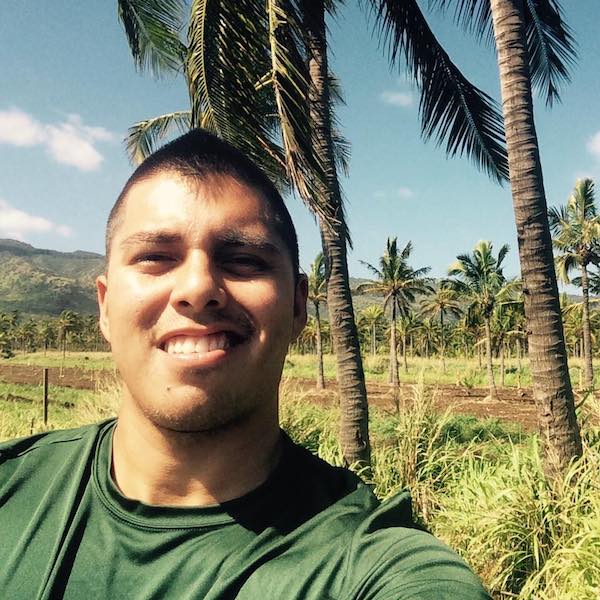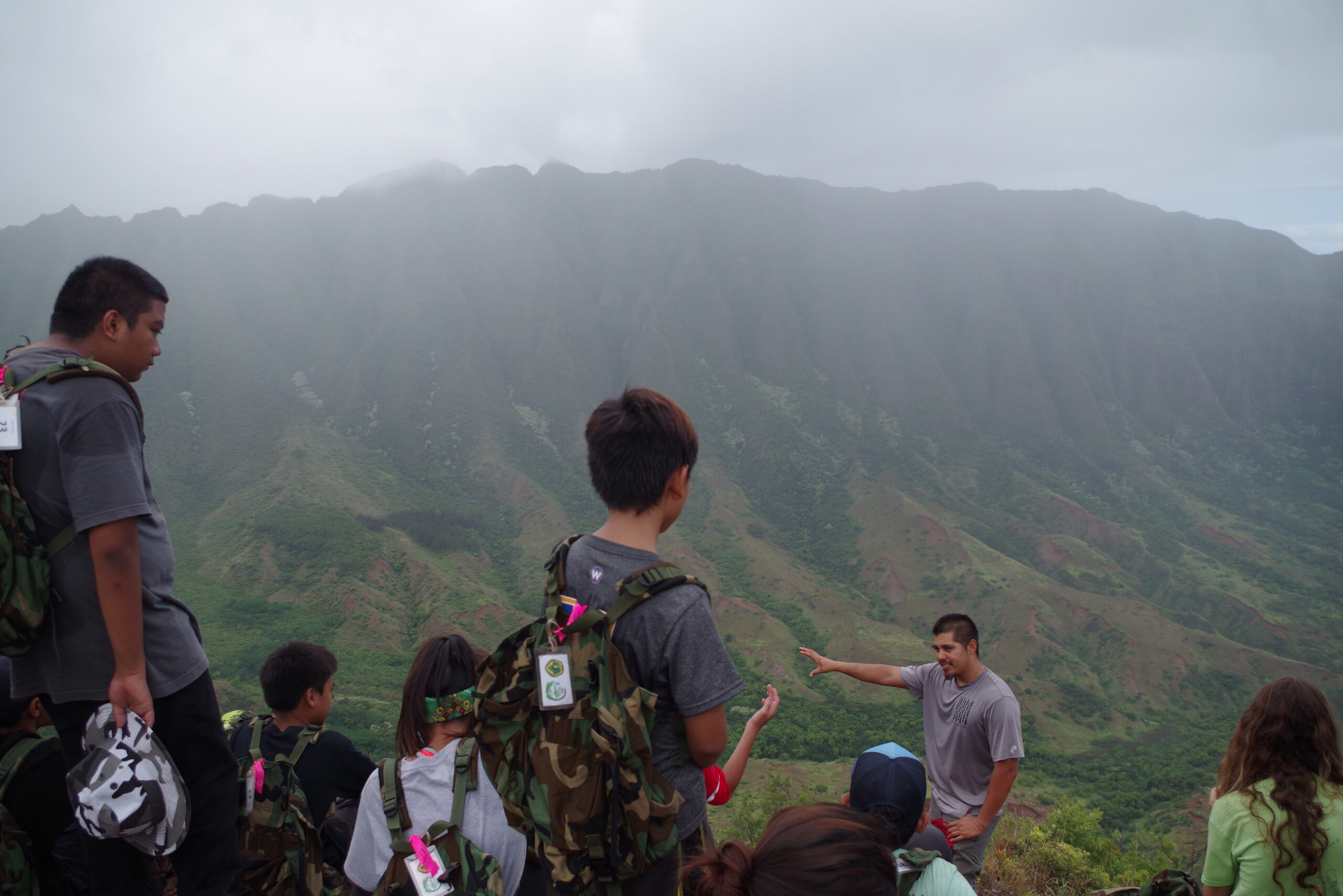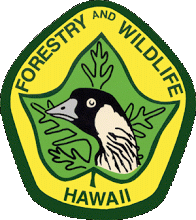Career Spotlights



Kekai Mar
How did you find yourself in conservation? Who (or what) is your biggest inspiration in committing to this field?
My father would take my brothers and I up mauka to hike and play in the stream, or to catch Jackson’s. We would also go to the beach to surf and fish. He was an Eagle Scout, and loved to build things with his hands, we’d harvest different forest products to take back home and build things. As we’d hike, he’d pick up java plum, lauaʻe, koa leaves, or another, and he’d teach us a use or two for it. I remember this one time in elementary school I had a project to recreate a colonial structure. Most kids made their model buildings out of legos or play-dough, my dad helped me to make a whole two-story fort out of ironwood twigs, rocks and other materials. It had furniture out of hau and even fruits on the table, which were Christmas berries. This is how I began to learn my plants. It is also when I learned that I live to explore, and that I love the outdoors. My dad would always say, “make sure you only take what you need, share your catch, and always respect the ʻāina”. He is the reason I pursued conservation, and I will forever be grateful for the lessons learned. Now, it is my kuleana as Oʻahu’s Education Specialist for DOFAW, to share what I know.
Describe a typical work week or work day.
A typical work day for me, yet alone work week, involves loading my work truck with 15-30 pairs of gloves, trowels, handsaws and loppers, buckets and water jugs. Oh, as well as balls of yarn, tables, laminated photos/posters, crayons, maybe air-dry clay, stuffed ducks and mounted insects. You could usually find me in the forest, marsh, and shoreline throughout the week, setting up an outdoor classroom for either elementary students to high school students, or at-risk youth to college undergrads and other volunteers. Nevertheless, we are going to get dirty and put in hard work, supporting resource management projects, while learning about the native flora and fauna of Hawaii’s unique ecosystems, as well as the negative impacts to them. I tend to mālama with the ʻōlelo noʻeau ma ka hana i ka ʻike, to do is to learn, less talk more do. At least once a week (weekends), you could then find me setting up exhibits and tabling our booth at fairs, festivals and other community events, sharing our programs, recruiting volunteers, and raising awareness for our protected wildlife gems found only here in Hawaiʻi. When I’m in the office, I am catching up with emails, coordinating future trips and events, as well as designing outreach material to support and expand our education programs.
What is your most favorite or valuable memory working in the conservation field?
The most valuable memory is when I brought 12 at-risk youth to Makua rim after we removed strawberry guava near the snail jail in Pahole natural area reserve. Their hoʻokupu to Makua for allowing them to help the mauna, was an unannounced array of oli and hula. To see these kids take initiative, and show leadership, by offering the utmost respect to their elder, Makua, was the most rewarding experience I could of asked for in the field. They understood the privilege it was to be standing before Makua, they also understood the pain the valley went through. But most importantly, they understood that their hana put in was to heal, and help revitalize Makua valley. This was a day I was to share Pahole and Makua to 12 youth, but this was a day that I learned so much from 12 youth. It is now a daily inspiration of mines that reminds me of why I love my job.
What is conservation to you?
-Aloha ʻĀina-
What advice do you have for students or emerging professionals?
Never be afraid to jump and try new things. Don’t ever let another discourage your dreams. Learn always. Just remember, when you start something, see it through.
